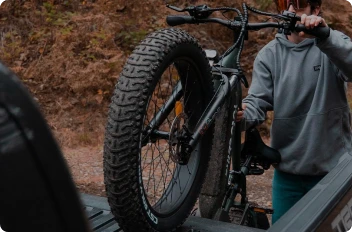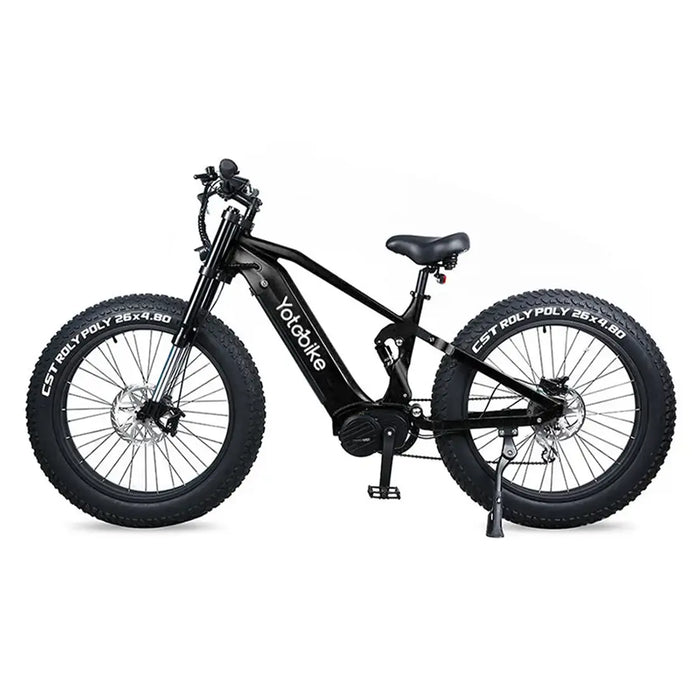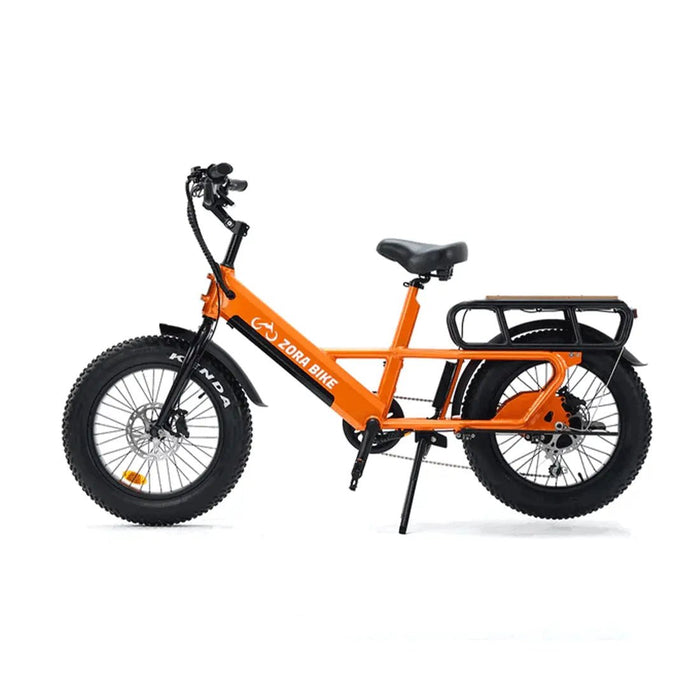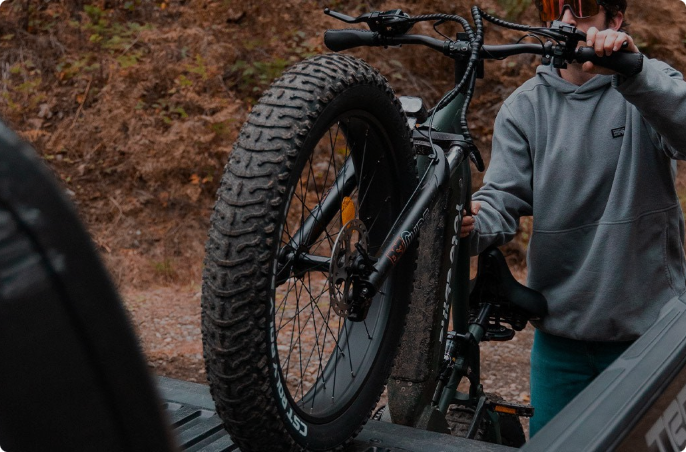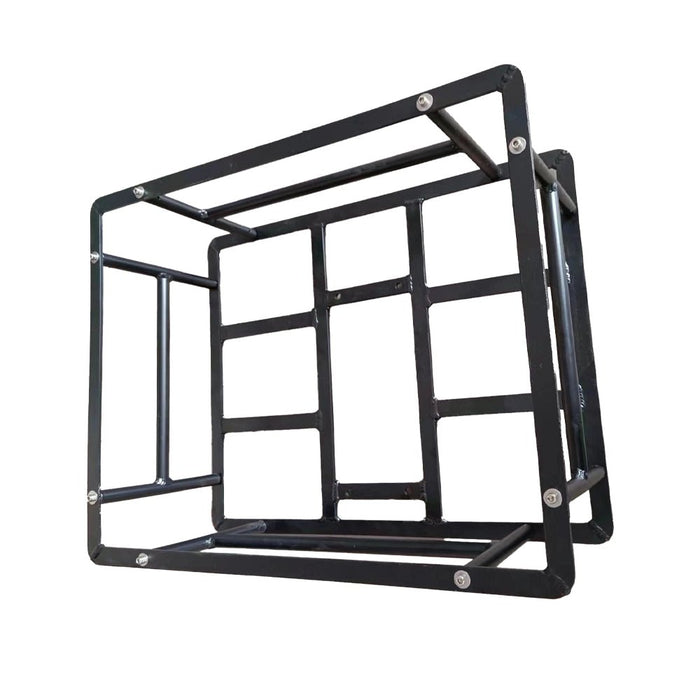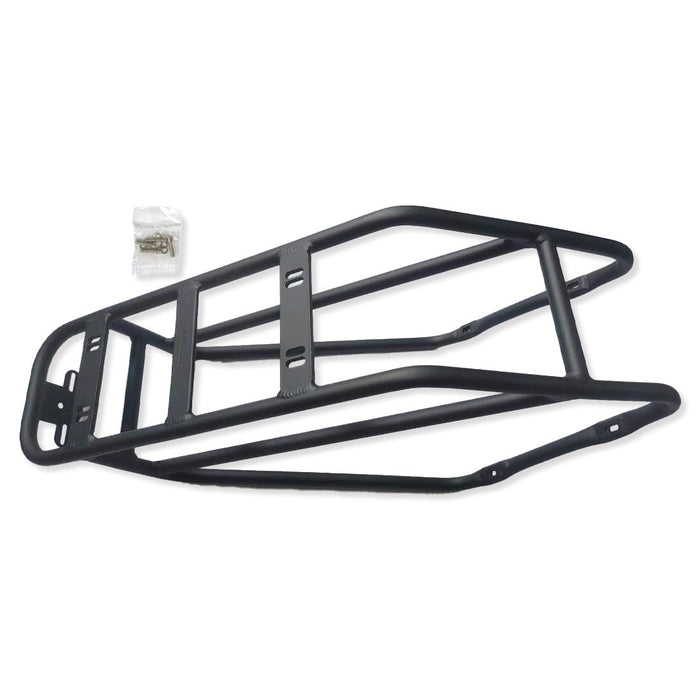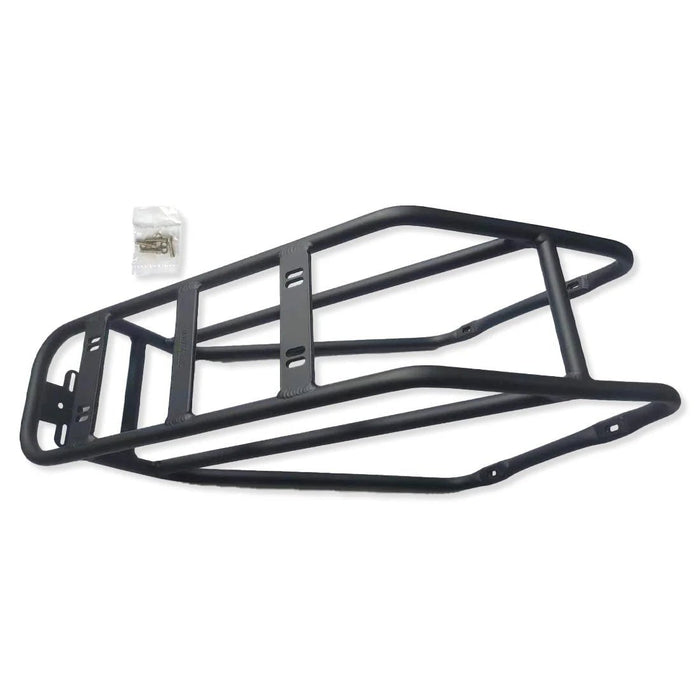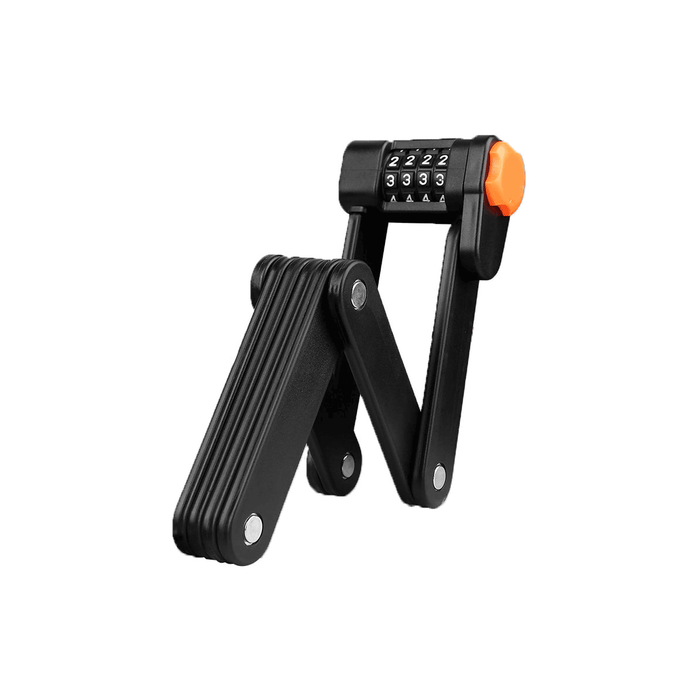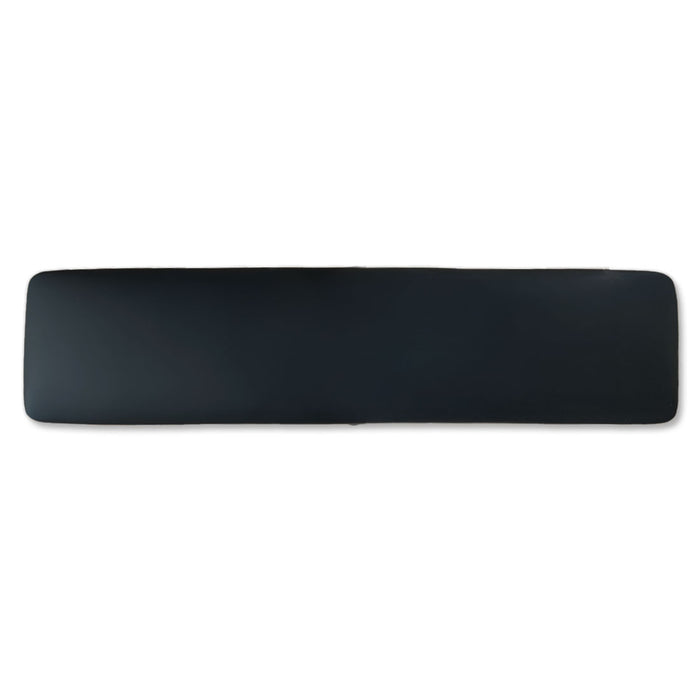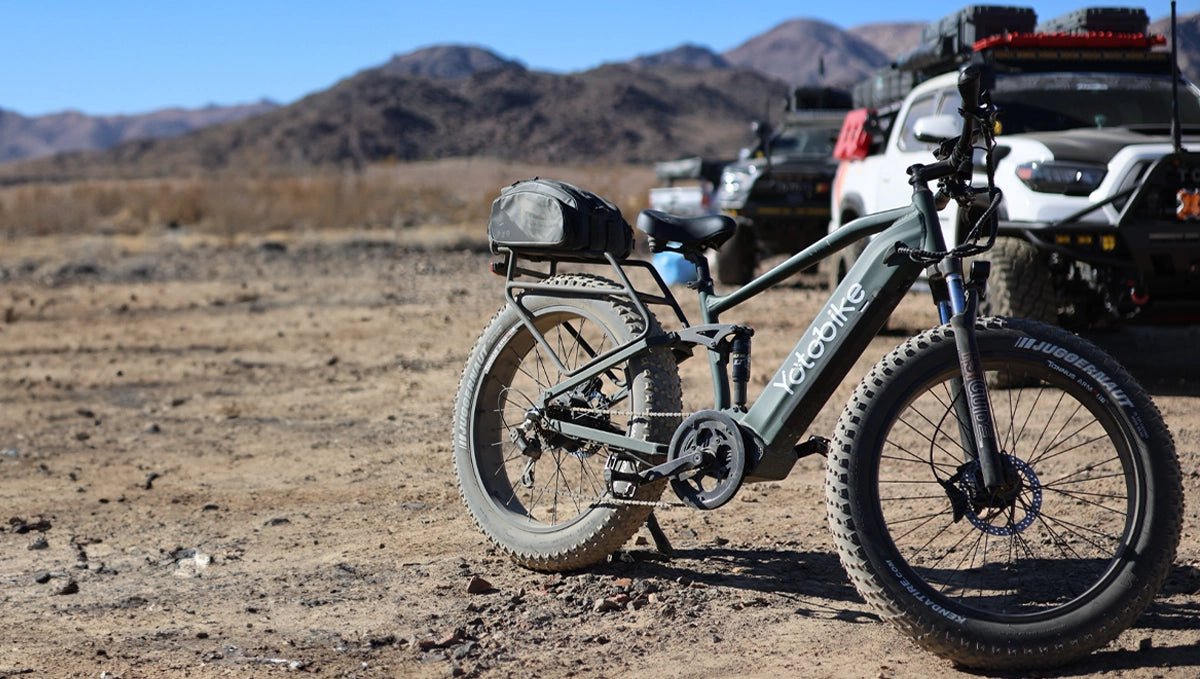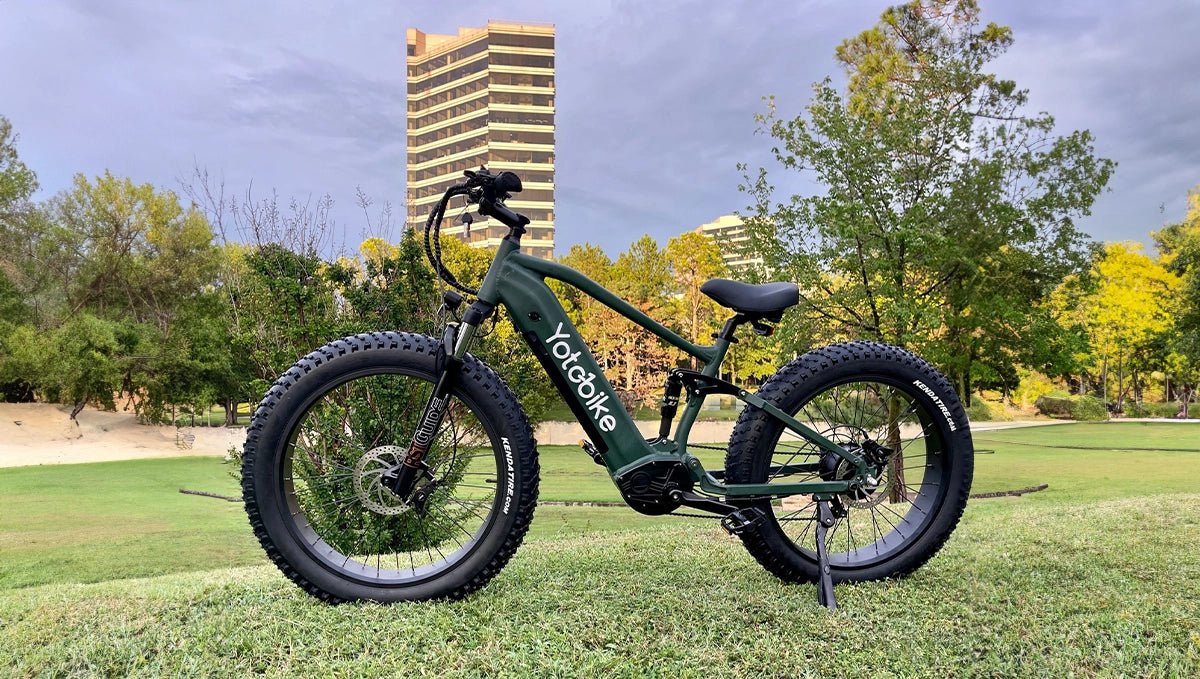
As electric dirt bikes gain popularity, one pressing question arises: Are electric dirt bikes street legal?
Understanding the differences between off-road and street-legal electric bikes, the factors influencing legality, and how to make a dirt bike compliant with the law can help you navigate the rules. In this guide, we’ll explore the key factors for 2024 and how to modify your bike for street use.

Differences Between Off-Road Dirt Bikes and Street-Legal E-Bikes
It's important to understand the differences between off-road and street-legal electric bikes. These differences mainly come down to the bike’s design and whether it meets road safety standards.
Off-Road Dirt Bikes
These bikes are made for rough trails and uneven terrain. They have knobby tires and a lightweight frame to help them handle bumps and obstacles. However, they usually don’t have the gear needed to be legal on the road, like headlights, mirrors, or turn signals.
Street-Legal Electric Bikes
Street-legal electric bikes, on the other hand, are built to follow road safety rules. They come with features like headlights, turn signals, mirrors, and reflectors. These bikes also meet standards for speed limits, noise levels, and emissions.
While off-road dirt bikes are great for trails and rugged paths, they often need modifications to be used legally on the street.
Factors that Influence Whether Electric Dirt Bike Street Legal
So, what makes an electric dirt bike street legal? Various factors must be met, according to your local traffic laws. These include:
Lighting
One of the most important factors in determining if electric dirt bikes are street legal is the bike’s lighting. Street-legal bikes require a functioning headlight, brake light, and turn signals. Off-road bikes usually don’t come with these, so you’ll need to install them if you want your bike to be road ready.
Headlights are crucial for visibility during the day and night, while brake lights signal your movements to other drivers. Turn signals allow you to communicate directional changes clearly, a necessity in heavy traffic conditions.
Tires
Tires are another key element in determining if an electric dirt bike can be ridden on the street. Off-road tires, often designed with deep, knobby treads for traction on uneven surfaces, aren’t suitable for pavement.
Street-legal tires, however, must meet standards for road use. They need to be smoother and more durable, providing better control and grip on asphalt. Without road-friendly tires, electric dirt bikes won’t be street legal.
Mirrors
Another requirement for street legality is having both left and right rear-view mirrors. These allow the rider to see what’s happening behind them, which is crucial in urban traffic situations. Off-road dirt bikes typically don’t have mirrors, so adding them is essential for making your bike compliant with the law.
Safety Equipment
Lastly, safety equipment such as reflectors and horn are mandatory. Some regions also require a speedometer to monitor your bike's speed.
Without these basic safety features, your electric dirt bike won’t be street legal. Ensuring all required equipment is in place guarantees your safety and helps avoid fines.

How to Make an Electric Dirt Bike Street Legal
If you’re asking, are electric dirt bike street legal, and you own an off-road version, don’t worry. With the right modifications, it’s possible to make most electric dirt bikes legal for street use. Here’s how:
Install Required Lighting
First, add the necessary lights: a headlight, tail light, brake light, and turn signals. Most bike shops offer street-legal conversion kits that include these components.
Upgrade Tires
Off-road tires are unsuitable for pavement, so you’ll need to switch to DOT (Department of Transportation)-approved street tires. These tires provide better control on the road, improving both safety and legality.
Add Mirrors
Attach mirrors to both the left and right sides of your bike’s handlebars. This will help you comply with road regulations and improve your ability to navigate traffic safely.
Install a Horn and Speedometer
A horn is necessary for alerting other road users to your presence, and a speedometer ensures you’re aware of your speed, helping you stay within legal limits. Both items are usually required by law for street use.
Get Registered
After making these upgrades, take your bike to your local Department of Motor Vehicles (DMV) or equivalent authority to have it inspected and registered. They’ll provide you with a license plate if your bike meets all street-legal requirements.
If you’re looking for a simpler route, consider purchasing an electric bike from Yotobike, which comes pre-equipped with everything necessary for road use. It’s a hassle-free alternative for those who want a street-legal electric dirt bike without making modifications.
Conclusion
So, are electric dirt bikes street legal? The answer is that they can be, provided they meet certain requirements like proper lighting, tires, mirrors, and safety equipment. Understanding these factors will help you either modify your current off-road bike or choose a street-legal model.
Whether you’re upgrading an existing bike or opting for a ready-made street-legal option, it’s essential to ensure your electric dirt bike complies with local regulations.
FAQs
How to make an electric dirt bike street legal
To make an electric dirt bike street legal, install required equipment: a headlight, taillight, turn signals, and mirrors. Replace off-road tires with street-legal ones and add a horn. Ensure your bike meets local regulations by checking with your local DMV for registration requirements.
Are electric motocross bikes road legal?
Electric motocross bikes are generally not road legal due to missing required features like lights and mirrors. They’re designed for off-road use. To make them road legal, you’d need to add necessary equipment and meet local road safety regulations.
Can I use an electric bike on the road?
Yes, you can use an electric bike on the road if it meets local regulations. Ensure it has essential components like lights, mirrors, and road-approved tires. Check local laws to confirm it complies with speed limits and other road requirements.

